Scheckel - Ask a science teacher, how everyday stuff really works : why dont we feel the Earth spin? How do airplanes stay in the air? What makes blood red? and 247 other things youve always wondered about
Here you can read online Scheckel - Ask a science teacher, how everyday stuff really works : why dont we feel the Earth spin? How do airplanes stay in the air? What makes blood red? and 247 other things youve always wondered about full text of the book (entire story) in english for free. Download pdf and epub, get meaning, cover and reviews about this ebook. City: New York, NY, year: 2013, publisher: The Experiment, LLC, genre: Home and family. Description of the work, (preface) as well as reviews are available. Best literature library LitArk.com created for fans of good reading and offers a wide selection of genres:
Romance novel
Science fiction
Adventure
Detective
Science
History
Home and family
Prose
Art
Politics
Computer
Non-fiction
Religion
Business
Children
Humor
Choose a favorite category and find really read worthwhile books. Enjoy immersion in the world of imagination, feel the emotions of the characters or learn something new for yourself, make an fascinating discovery.

- Book:Ask a science teacher, how everyday stuff really works : why dont we feel the Earth spin? How do airplanes stay in the air? What makes blood red? and 247 other things youve always wondered about
- Author:
- Publisher:The Experiment, LLC
- Genre:
- Year:2013
- City:New York, NY
- Rating:3 / 5
- Favourites:Add to favourites
- Your mark:
Ask a science teacher, how everyday stuff really works : why dont we feel the Earth spin? How do airplanes stay in the air? What makes blood red? and 247 other things youve always wondered about: summary, description and annotation
We offer to read an annotation, description, summary or preface (depends on what the author of the book "Ask a science teacher, how everyday stuff really works : why dont we feel the Earth spin? How do airplanes stay in the air? What makes blood red? and 247 other things youve always wondered about" wrote himself). If you haven't found the necessary information about the book — write in the comments, we will try to find it.
Fun and fascinating science is everywhere, and its a cinch to learnjust ask a science teacher!
Weve all grown so used to living in a world filled with wonders that we sometimes forget to wonder about them: What creates the wind? Do fish sleep? Why do we blink? These are common phenomena, but its a rare person who really knows the answersdo you?
All too often, the explanations remain shrouded in mysteryor behind a haze of technical language. For those of us who should have raised our hands in science class but didnt, Larry Scheckel comes to the rescue. An award-winning science teacher and longtime columnist for his local newspaper, Scheckel is a master explainer with a trove of knowledge. Just ask the students and devoted readers who have spent years trying to stump him!
In Ask a Science Teacher, Scheckel collects 250 of his favorite Q&As. Like the best teachers, he writes so that kids can understand, but he doesnt water things down hell satisfy even the most inquisitive minds. Topics include:
Earth Science
Astronomy
Chemistry Physics
Technology
Zoology
Music and conundrums that dont fit into any category
With refreshingly uncomplicated explanations, Ask a Science Teacher is sure to resolve the everyday mysteries youve always wondered about. Youll learn how planes really fly, why the Earth is round, how microwaves heat food, and much morebefore you know it, all your friends will be asking you!
Scheckel: author's other books
Who wrote Ask a science teacher, how everyday stuff really works : why dont we feel the Earth spin? How do airplanes stay in the air? What makes blood red? and 247 other things youve always wondered about? Find out the surname, the name of the author of the book and a list of all author's works by series.

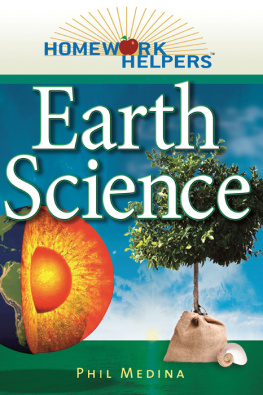
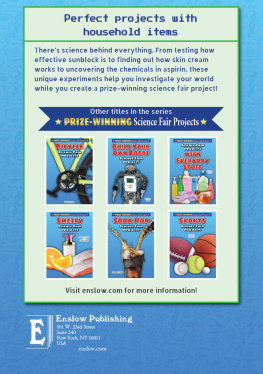
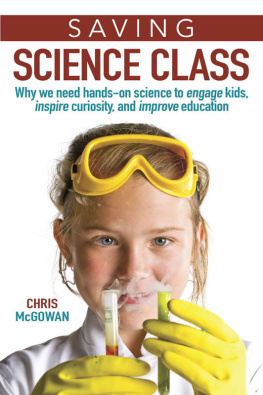
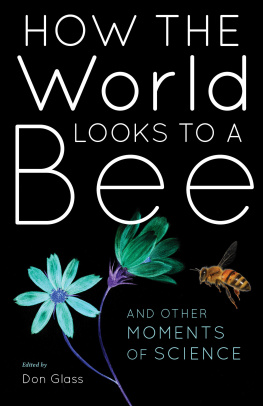
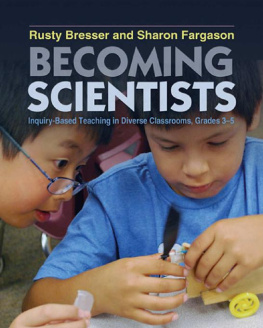


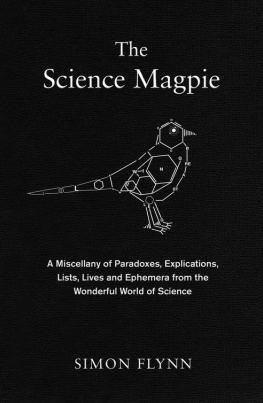
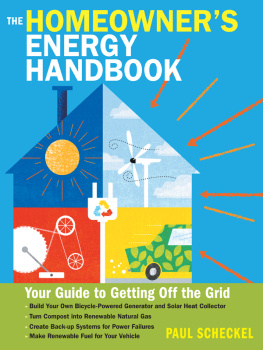

 There is no real consensus on the number of cells in the human body. Estimates put the number between ten trillion and one hundred trillion. A trillion is a million millionits a word that crops up when we talk about the size of our national debt! The number of cells depends on the size of the person: bigger person, more cells. Also, the number of cells in our body keeps changing as old cells die and new ones form.
There is no real consensus on the number of cells in the human body. Estimates put the number between ten trillion and one hundred trillion. A trillion is a million millionits a word that crops up when we talk about the size of our national debt! The number of cells depends on the size of the person: bigger person, more cells. Also, the number of cells in our body keeps changing as old cells die and new ones form.